Warming Swiss rivers threaten fish stocks
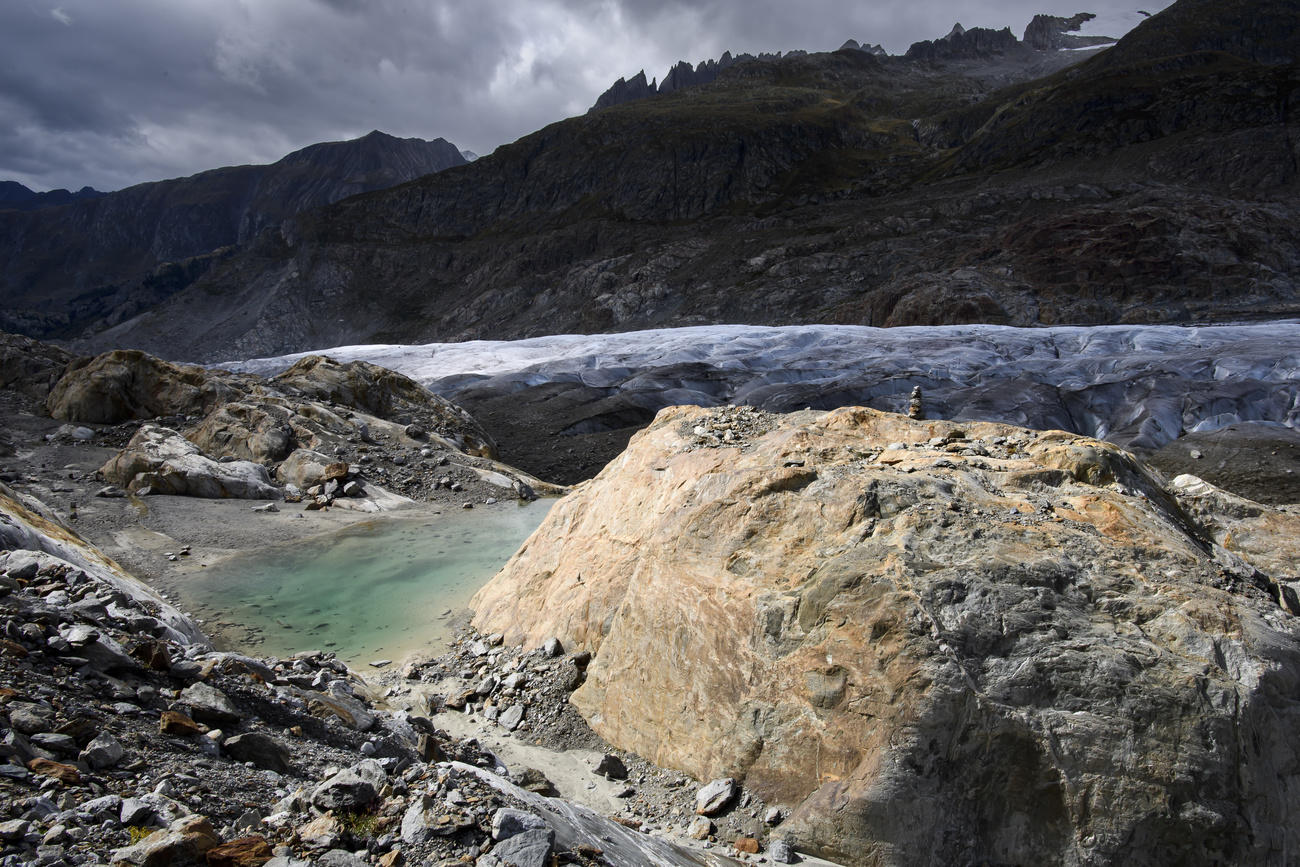
Swiss rivers are warming as the volume of glacial meltwater decreases, according to a study. Researchers warn that the phenomenon is threatening fish stocks and is likely to get worse in the coming years.
The report, published in the journal Hydrology and Earth System SciencesExternal link, measured both the melting of glaciers over the course of 40 years and the temperature of rivers they discharge into. They found that rivers had warmed by an average of 0.33°C every decade since 1980, and by 0.37°C per decade over the past 20 years.
They also observed a 3% average decrease in meltwater discharge over the past 40 years as glaciers shrink. The trend has accelerated in the past two decades with a 10% decrease in glacial meltwater discharge into rivers.
This could have devastating consequences on river ecosystems, including fish stocks, warns lead author Adrien Michel.
“We were surprised to find that Swiss rivers are warming at 95% of the rate of the surrounding air,” he saidExternal link. “The conventional wisdom was that the melting of snow and glaciers and the fact that this water then flowed into lakes were counteracting the effect of warmer air on the Swiss plateau. That’s no longer the case.”
Thresholds
“There’s a commonly held belief that one or two degrees of warming won’t make much difference,” he added.
“The truth is that these ecosystems aren’t resilient enough to cope when the temperature exceeds certain thresholds several times a year, especially in summer. A few degrees’ warming means we’re going to see those thresholds surpassed much more often.”
The report also points out that warming rivers have other unwanted side effects. In 2018, the Mühleberg power plant was forced to decrease output because the river from which it draws water to cool its systems was too warm.
The study was conducted by a team from the Laboratory of Cryospheric Sciences at the Federal Institute of Technology Lausanne (EPFL), the Swiss Federal Institute for Forest, Snow and Landscape Research, the universities of Lausanne and Bern and the Centre for Research on the Alpine Environment.
Researchers analysed river temperatures and discharge trends across Switzerland using two data sets: post-1979 records from 33 measurement sites, and post-1999 records from 52 sites.

In compliance with the JTI standards
More: SWI swissinfo.ch certified by the Journalism Trust Initiative
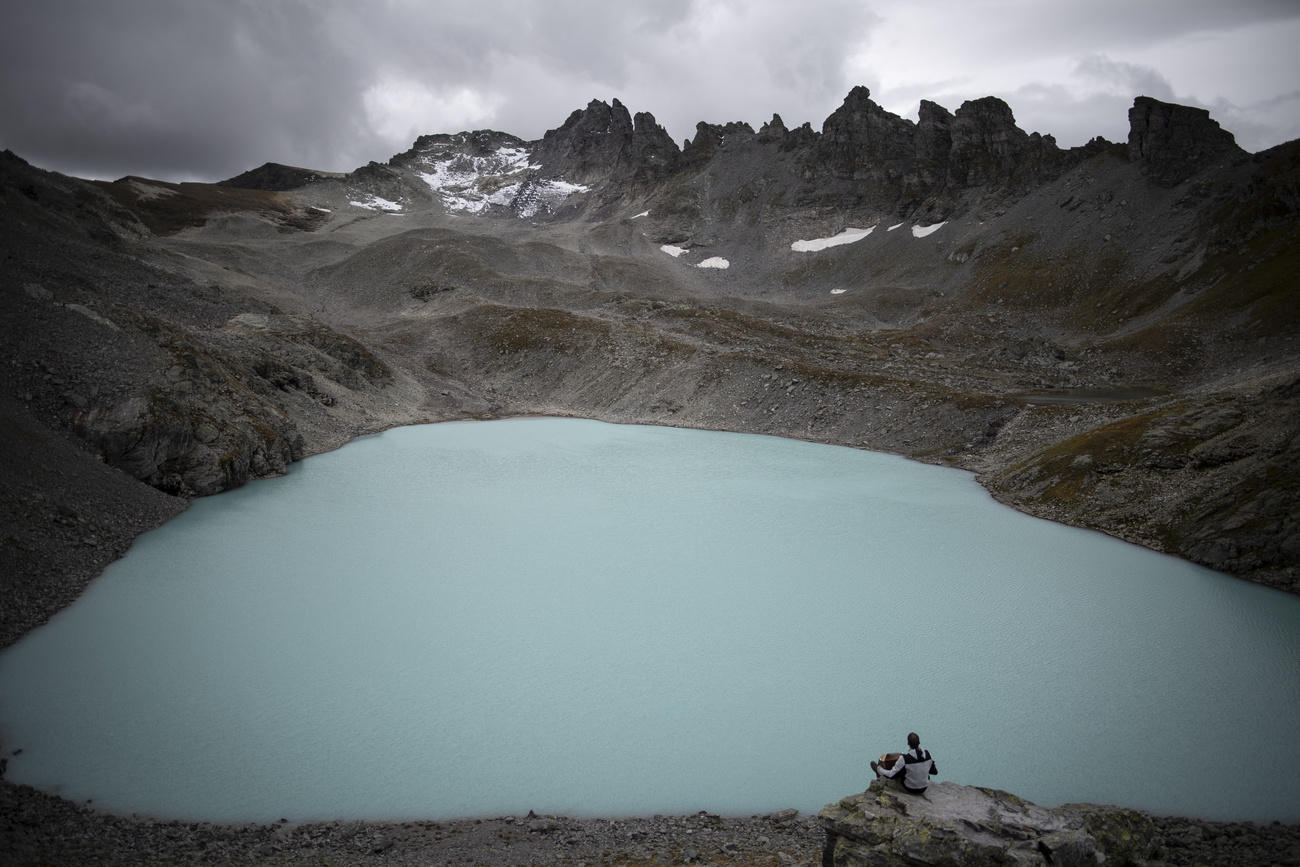
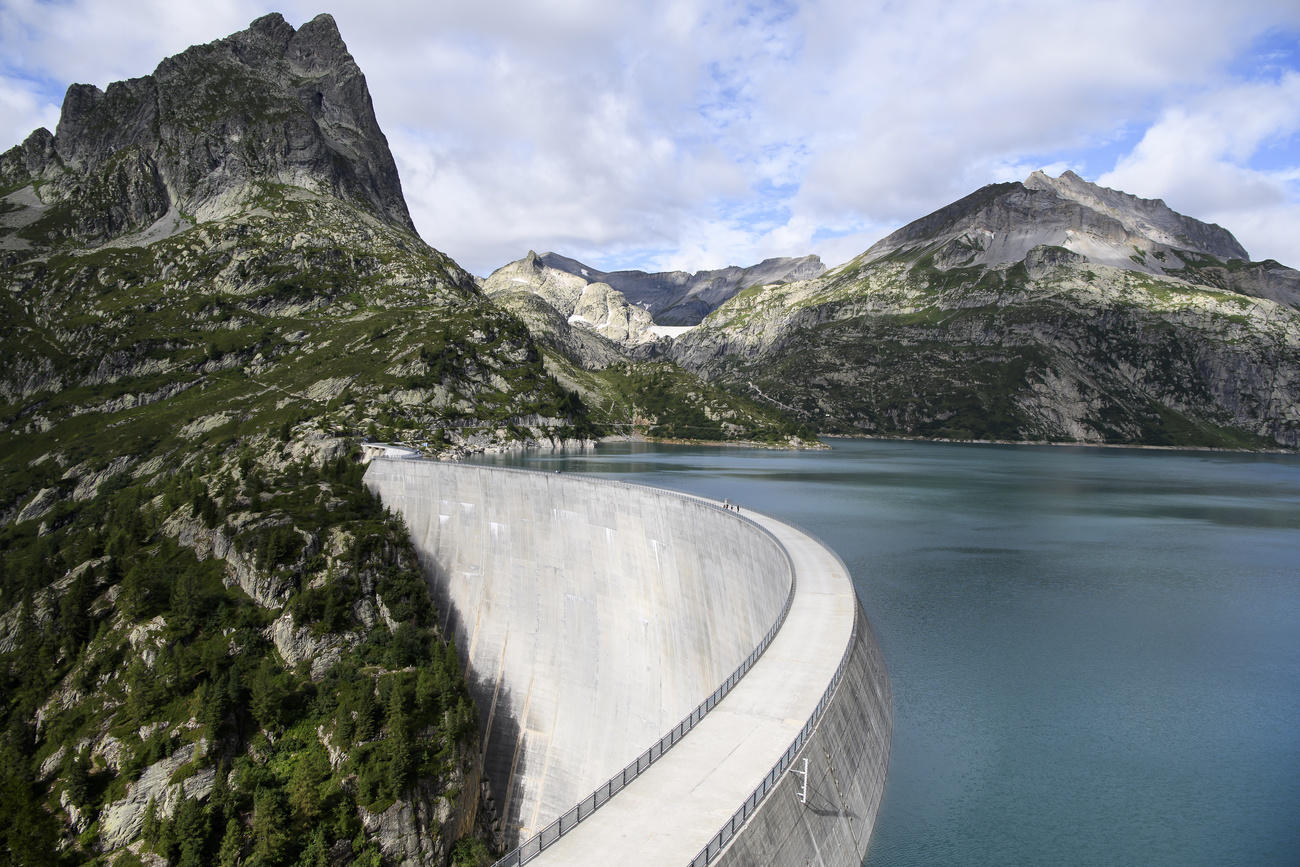
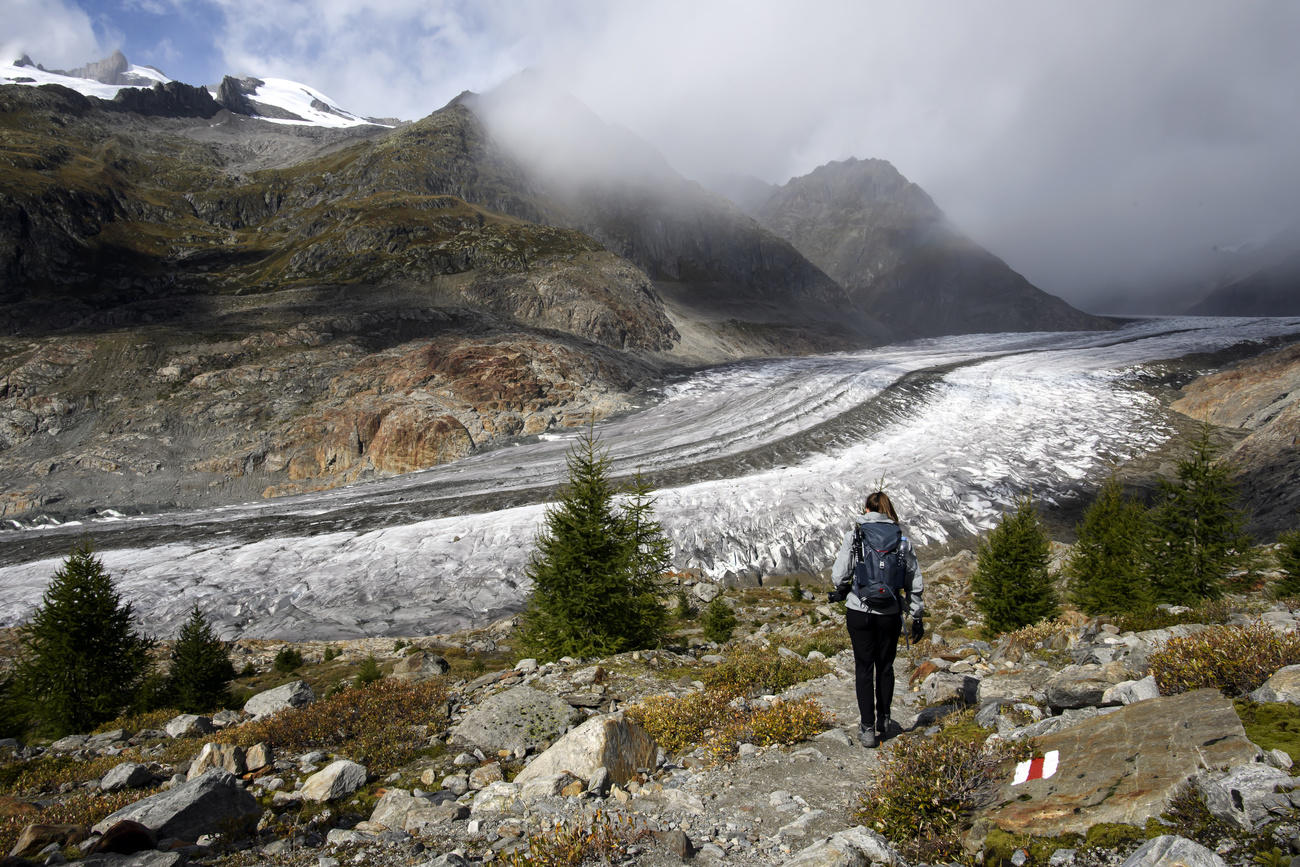
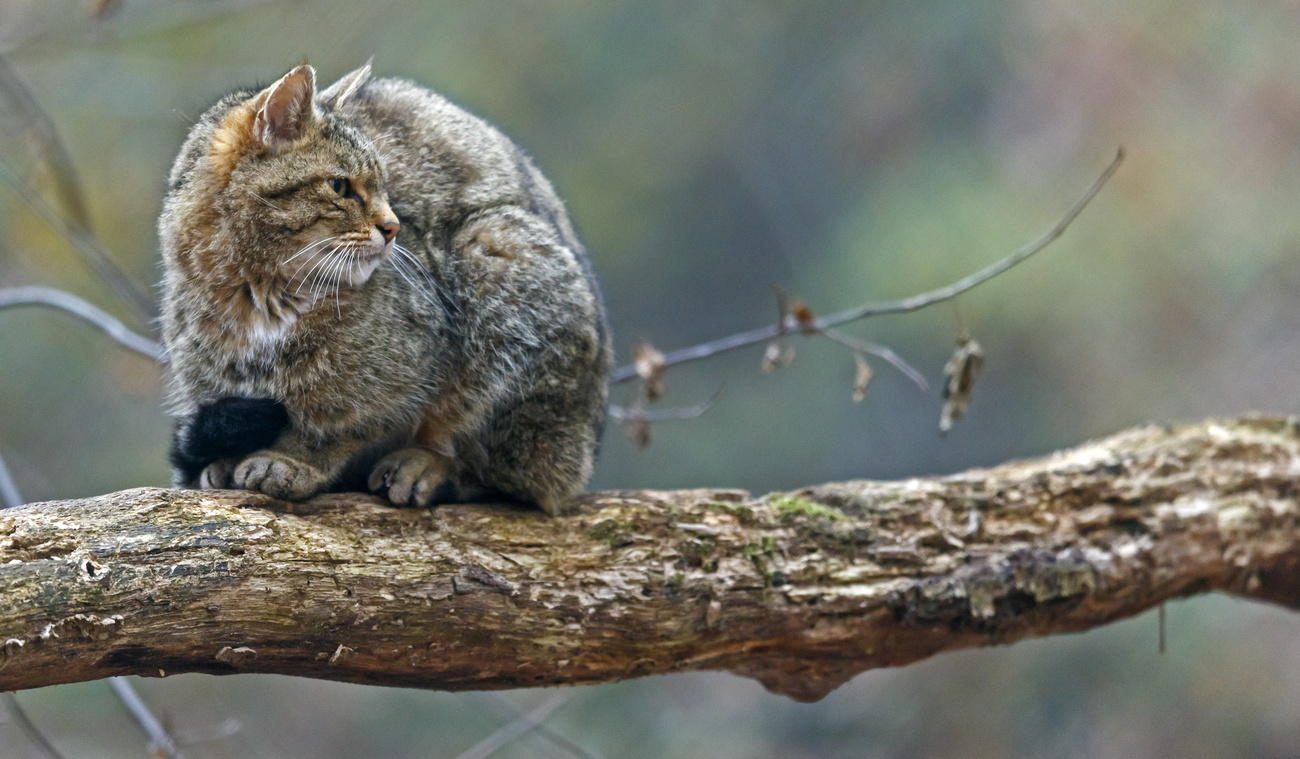
You can find an overview of ongoing debates with our journalists here. Please join us!
If you want to start a conversation about a topic raised in this article or want to report factual errors, email us at english@swissinfo.ch.